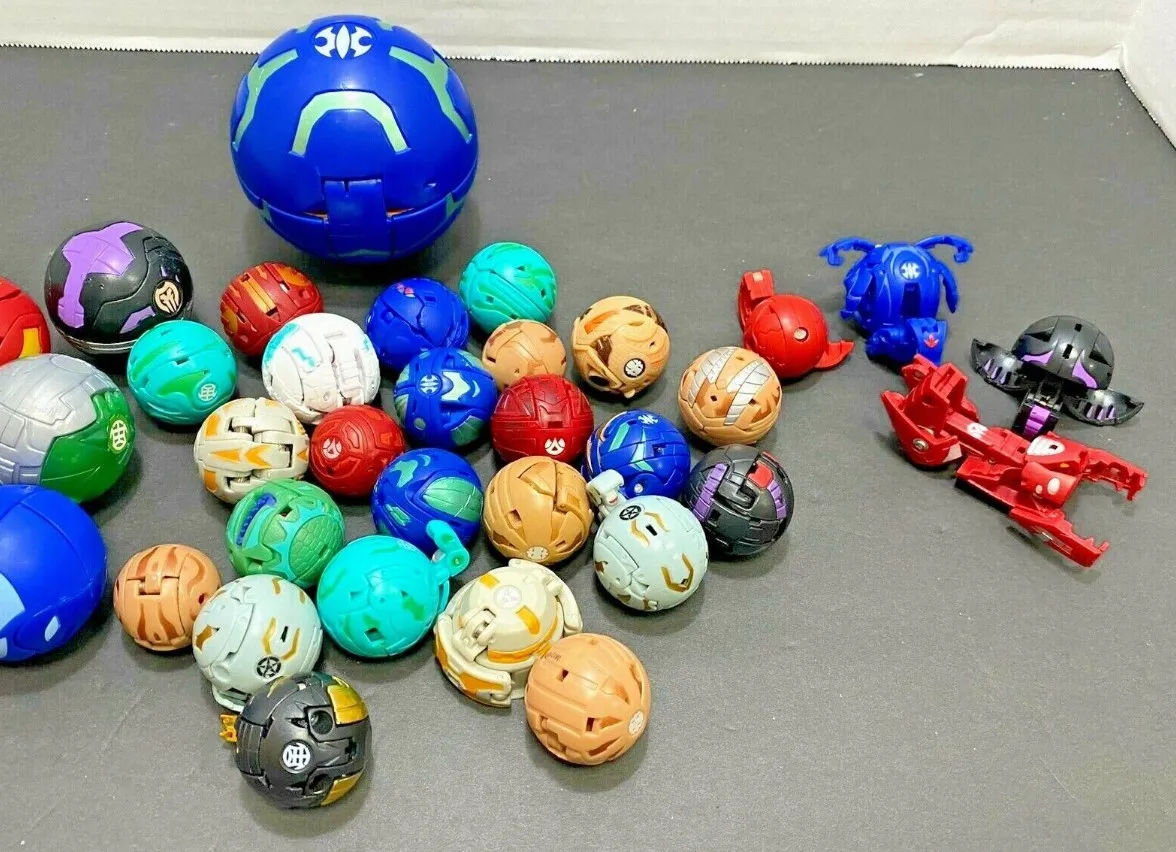Bakugan Toys: The Ultimate Battle Game for Kids
Bakugan toys have been around for over a decade now and they continue to be a popular choice among kids who love to engage in battle games. These toys are based on the Japanese anime series Bakugan Battle Brawlers, which premiered in 2007 and quickly became a hit with young audiences worldwide. The Bakugan toy line is produced by Spin Master, which is known for its innovative and high-quality toys.
The concept of Bakugan toys is simple yet engaging. The toys are small, round, and come in various colors and designs. When they are closed, they resemble marbles, but when they are opened, they transform into powerful creatures that can battle against each other. The Bakugan creatures have unique abilities and attributes that make them ideal for different kinds of battles.
To play with Bakugan toys, kids need a Bakugan Battle Arena and a set of Bakugan cards. The Battle Arena is a flat surface that has different sections marked on it. The Bakugan cards feature different creatures and abilities that players can use in battle. To start the game, players choose their Bakugan and place them on the Arena. They then take turns rolling their Bakugan across the Arena, aiming to land them on one of the card sections. When a Bakugan lands on a card, it automatically opens up, revealing its creature form. Players can then use their cards to help their Bakugan battle against their opponent's Bakugan.

The collectible nature of Bakugan toys is a significant factor in their appeal to kids. With over 600 different Bakugan toys available, each with its unique design and attributes, collecting and trading them with friends adds to the fun and excitement of the game. The thrill of finding a rare or highly sought-after Bakugan toy can be a motivating factor for kids to keep playing and collecting.
Furthermore, the different series of Bakugan toys add to the collectible nature of the toys. Each series has its storyline and characters, allowing kids to immerse themselves in the world of Bakugan and its inhabitants. The Bakugan Battle Planet series, for example, features new creatures and settings that add a fresh twist to the game, keeping it exciting and engaging for kids.
Collecting and trading Bakugan toys also teaches kids valuable skills, such as organization, negotiation, and decision-making. Kids must organize and keep track of their collection, decide which toys they want to trade, and negotiate with their friends to get the toys they desire. These skills can be beneficial in other areas of their lives, such as school and future careers.
In conclusion, the collectible nature of Bakugan toys adds to their appeal and provides kids with endless possibilities for creativity and imagination. Collecting and trading Bakugan toys teaches kids valuable skills while keeping them engaged and entertained.
Bakugan toys are not just fun, they are also beneficial for kids' development. Playing with these toys helps kids improve their hand-eye coordination, strategic thinking, and social skills. The game requires players to think strategically and make quick decisions, which helps improve their problem-solving skills. It also encourages social interaction, as kids can play the game with their friends and family.
Another advantage of Bakugan toys is their durability. They are made from high-quality materials that can withstand rough play and last for a long time. The toys are also easy to clean and maintain, making them a practical choice for parents.
In conclusion, Bakugan toys are an excellent choice for kids who love battle games and collectible toys. They are not only fun but also beneficial for kids' development. With their unique designs, attributes, and abilities, Bakugan toys offer endless possibilities for kids' imaginations. Whether they are playing alone or with friends, kids can enjoy hours of exciting battles and adventures with their Bakugan toys.


评论
发表评论